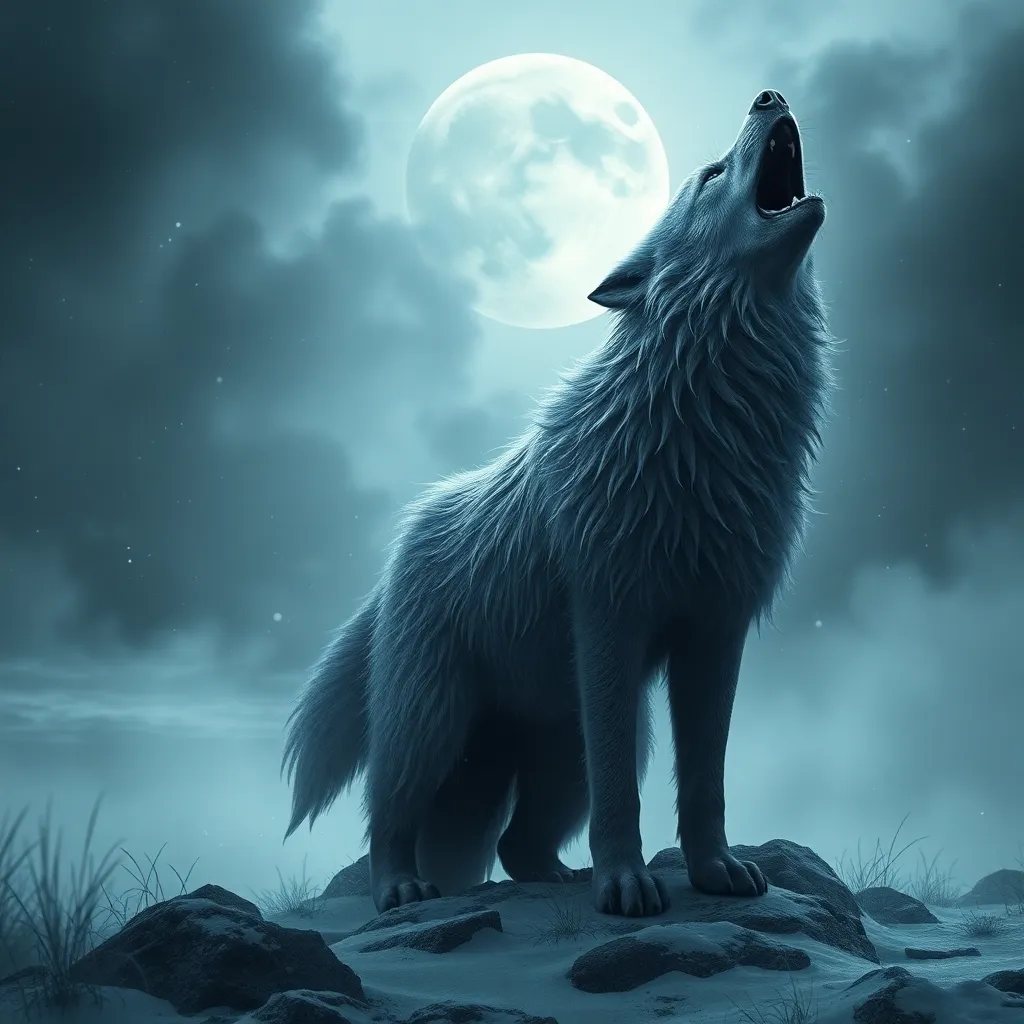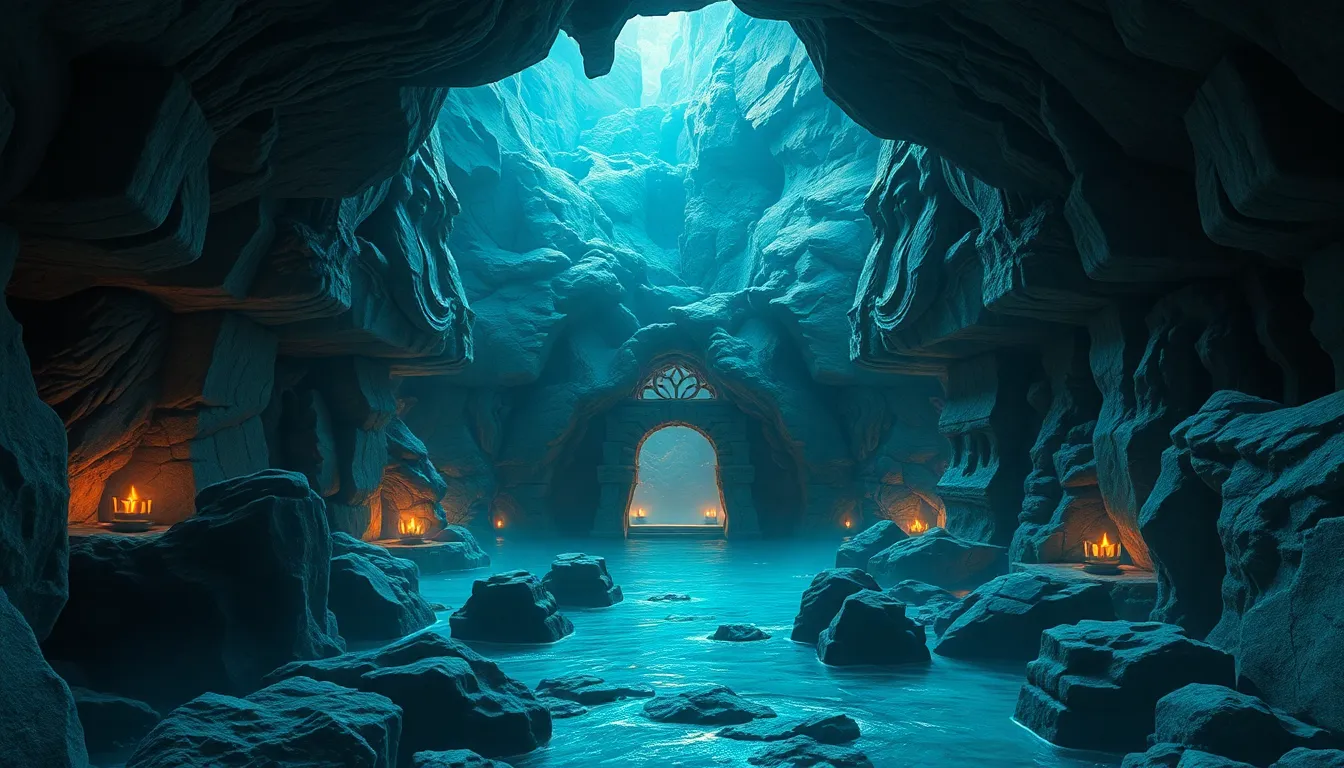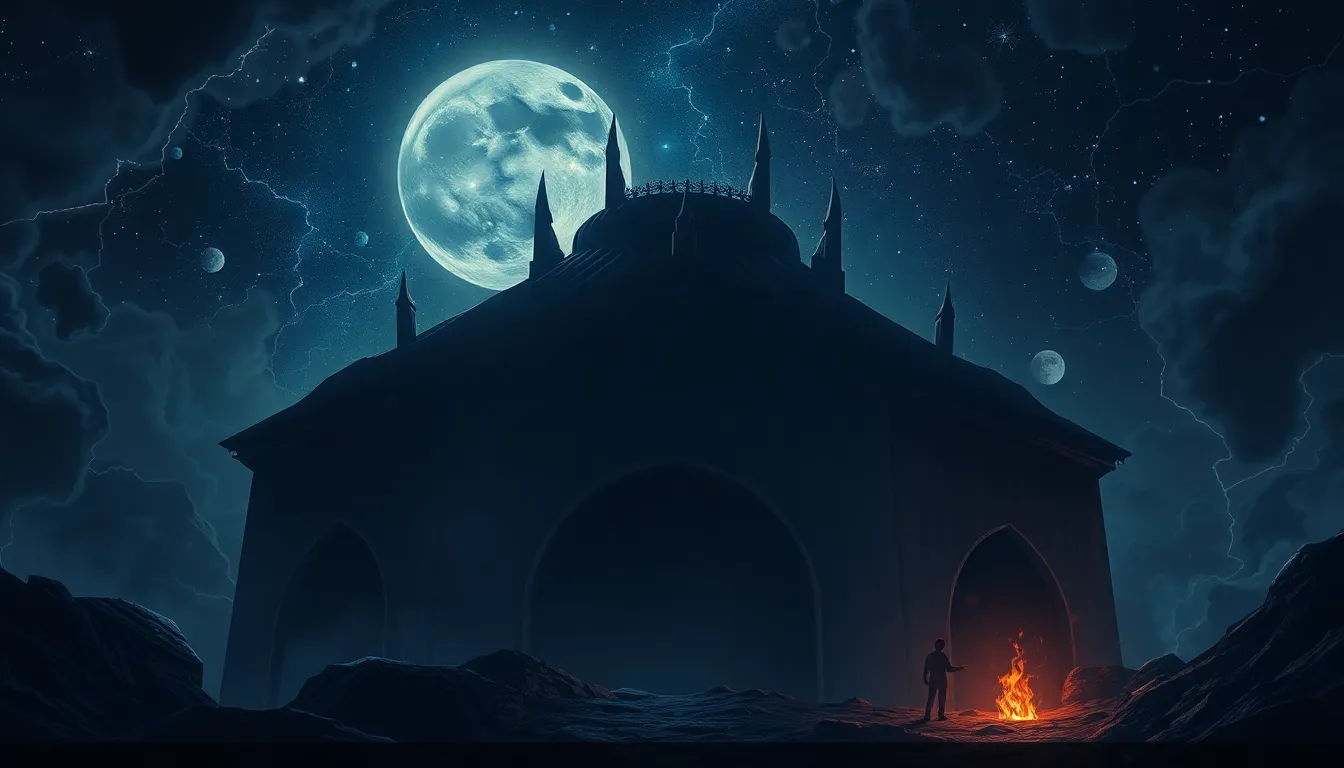The Wolf’s Song: The Soundscape of Fenrir in Norse Poetry and Music
I. Introduction to Fenrir in Norse Mythology
In the pantheon of Norse mythology, Fenrir stands as a central figure, embodying the primal forces of chaos and destruction. This monstrous wolf, born of the trickster god Loki and the giantess Angerboda, is prophesied to play a pivotal role in the events of Ragnarok, the end of the world in Norse lore. Fenrir’s significance transcends mere myth; he symbolizes the complex relationship between humanity and nature, especially the awe and fear that wolves inspired in Viking culture.
The exploration of Fenrir’s soundscape—how he is represented through sound in poetry and music—provides insight into the emotional and cultural weight he carries. This article delves into the symbolism of wolves, the poetic representations of Fenrir, and how contemporary music reflects his legacy.
II. The Symbolism of Wolves in Norse Mythology
Wolves in Norse mythology are often seen as symbols of chaos and destruction. They represent the wild and untamed aspects of nature that can be both beautiful and terrifying. Fenrir, in particular, embodies this duality:
- He is feared for his immense power and the havoc he is destined to wreak.
- His role in Ragnarok includes the death of Odin, the chief of the gods.
In Viking society, wolves were viewed with a mixture of reverence and dread. They were admired for their strength and pack mentality but were also seen as harbingers of death and destruction. This complex perception is crucial in understanding Fenrir’s place in Norse culture and his representation in art and literature.
III. Fenrir’s Representation in Norse Poetry
Norse poetry, particularly the Eddaic poems, provides a wealth of material for examining Fenrir’s character and impact. These texts often utilize vivid imagery and sound devices to convey the essence of Fenrir:
- Examination of primary sources: The Poetic Edda and Prose Edda contain several references to Fenrir, describing his monstrous size and the foreboding atmosphere surrounding him.
- Thematic elements: Themes of fate, destruction, and the struggle between order and chaos are prevalent in the verses about Fenrir.
- Sound devices: Alliteration and assonance are frequently employed to enhance the auditory experience of Fenrir’s descriptions, making the words themselves resonate with the power he represents.
IV. Musical Interpretations of Fenrir
Contemporary compositions inspired by Fenrir often draw from the rich tapestry of Norse mythology to convey his essence through music. Various artists have created pieces that reflect Fenrir’s nature:
- Overview of contemporary compositions: Modern musicians, ranging from metal bands to orchestral composers, have interpreted Fenrir’s story, using sound to evoke his ferocity and grandeur.
- Traditional Norse instruments: Instruments such as the hardingfele (a traditional fiddle) and the lute are used to create a sound that connects listeners to Norse heritage.
- Analysis of rhythm and melody: The rhythms in these compositions often mirror the unpredictability and power of Fenrir, with sudden changes in tempo reflecting his chaotic nature.
V. The Soundscape of Fenrir in Modern Adaptations
Fenrir’s influence extends into modern adaptations, including films and video games, where his character is often reimagined:
- Influence in film and video games: Fenrir appears in various forms in popular media, often depicted as a looming threat or a force of nature.
- Sound design elements: Sound designers utilize deep growls, howls, and ominous music to evoke a sense of Fenrir’s presence, enhancing the viewer’s emotional experience.
- Comparison of adaptations: Many modern portrayals maintain the essence of Fenrir as a symbol of chaos while adapting his story to fit contemporary narratives.
VI. The Role of Nature Sounds in Fenrir’s Representation
The incorporation of natural soundscapes in poetry and music adds depth to Fenrir’s representation. The sounds of the wilderness—howling winds, rustling leaves, and distant thunder—create a backdrop that enhances the imagery of Fenrir:
- Incorporation of natural soundscapes: Poets and musicians often evoke the wildness of nature to mirror Fenrir’s untamed spirit.
- Impact of environmental elements: The sounds of storms, forests, and wildlife contribute to the portrayal of Fenrir as a creature of the natural world, emphasizing his connection to chaos.
- Significance of sound: The auditory elements enrich the emotional responses of the audience, creating a visceral experience that resonates with themes of fear and awe.
VII. The Cultural Legacy of Fenrir’s Soundscape
Fenrir’s soundscape has left a lasting impact on modern Norse-inspired music and art, influencing how contemporary audiences engage with mythology:
- Influence on modern music: The themes associated with Fenrir are echoed in heavy metal and folk music, where the wildness and power of the wolf are celebrated.
- Contemporary discussions: Fenrir’s character continues to spark discussions about mythology, chaos, and the natural world, demonstrating his relevance in today’s context.
- Preservation of cultural elements: Through sound, the essence of Norse mythology is preserved, allowing new generations to connect with their cultural heritage.
VIII. Conclusion: The Enduring Echo of Fenrir’s Song
Fenrir’s impact on poetry and music illustrates the profound connection between sound and storytelling in Norse mythology. The themes of chaos, destruction, and the wildness of nature resonate through the ages, reminding us of the enduring power of these ancient tales. As we reflect on the relevance of Norse mythology in contemporary culture, it is clear that the soundscape of Fenrir continues to echo, inviting us to explore the depths of our own fears and aspirations through the primal force of sound.



